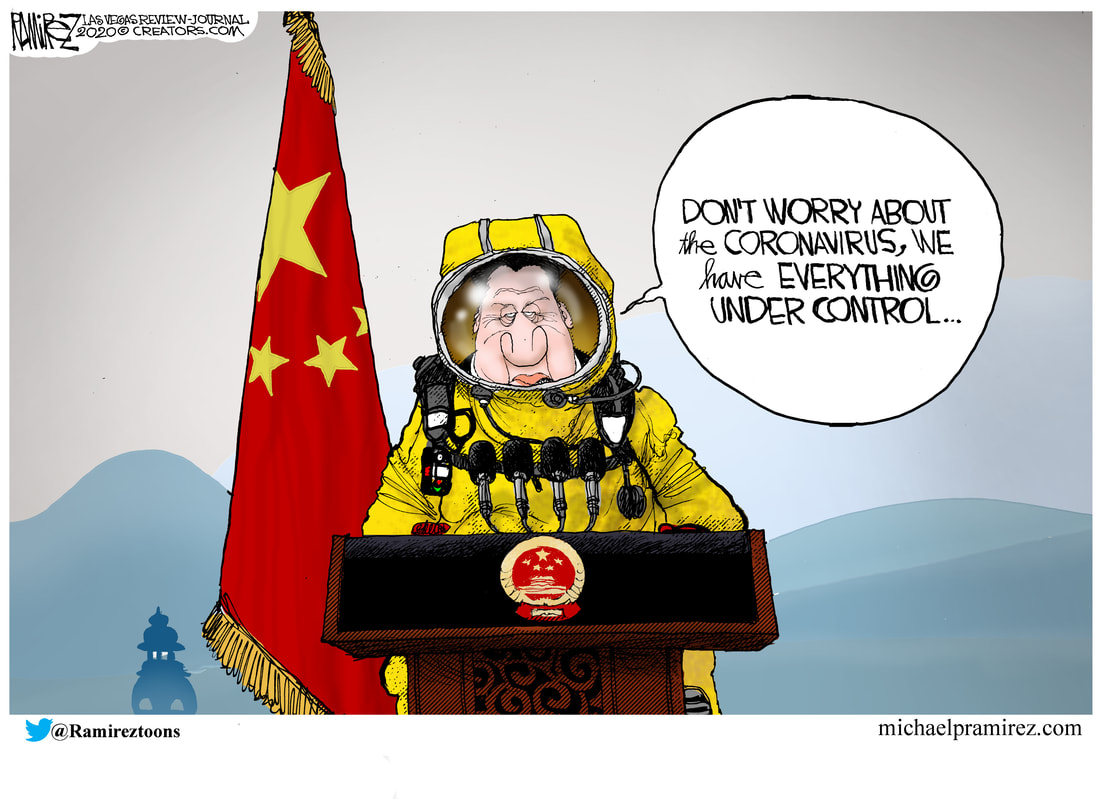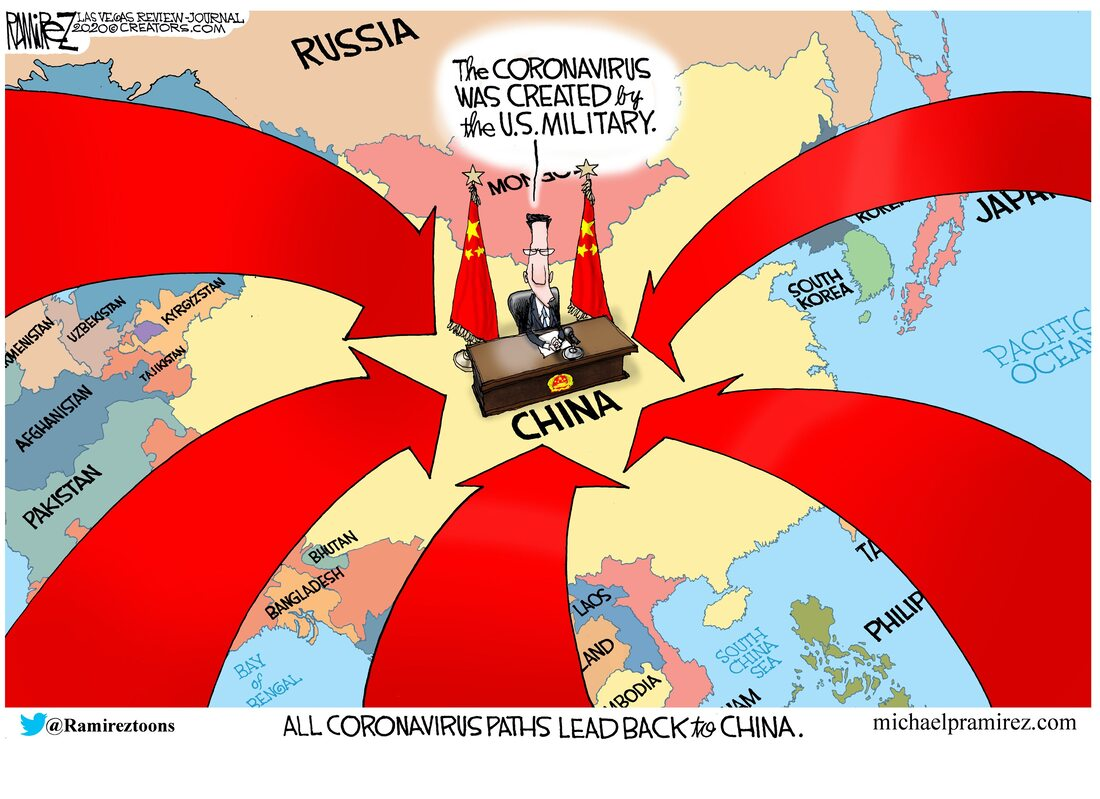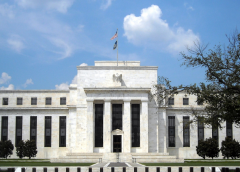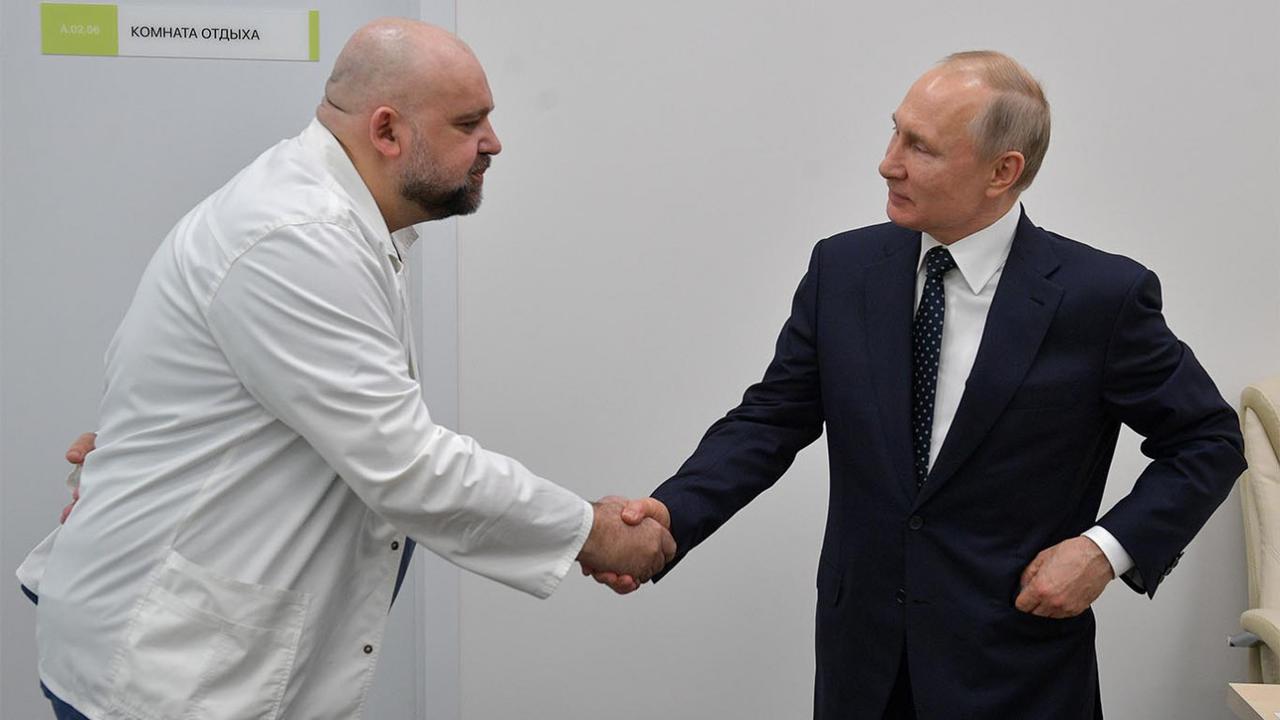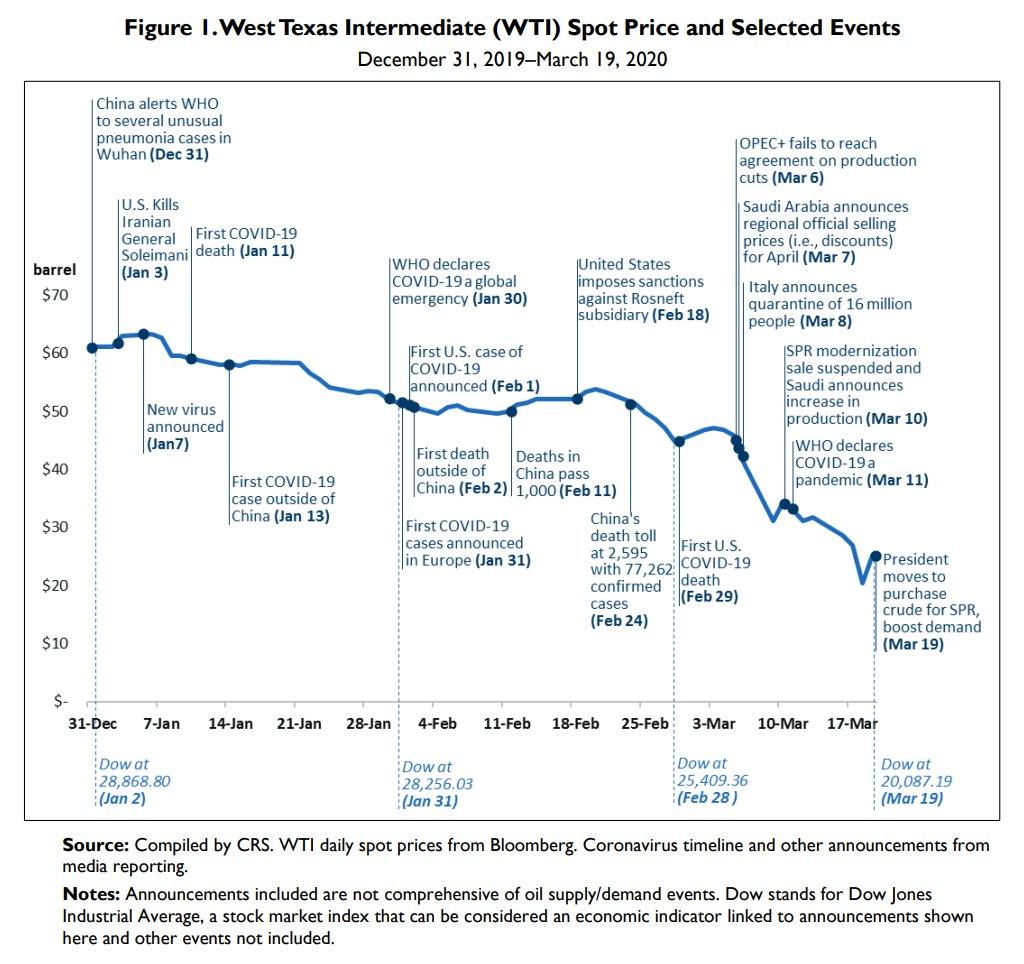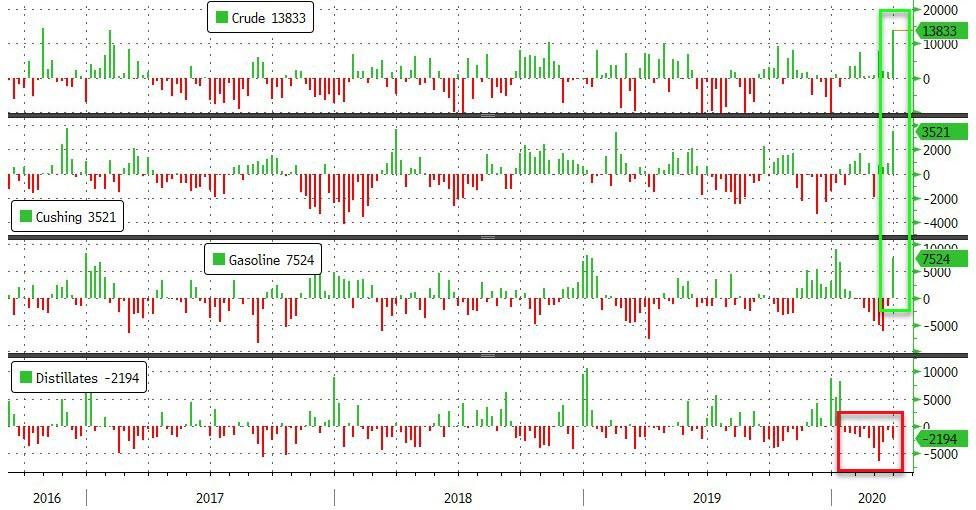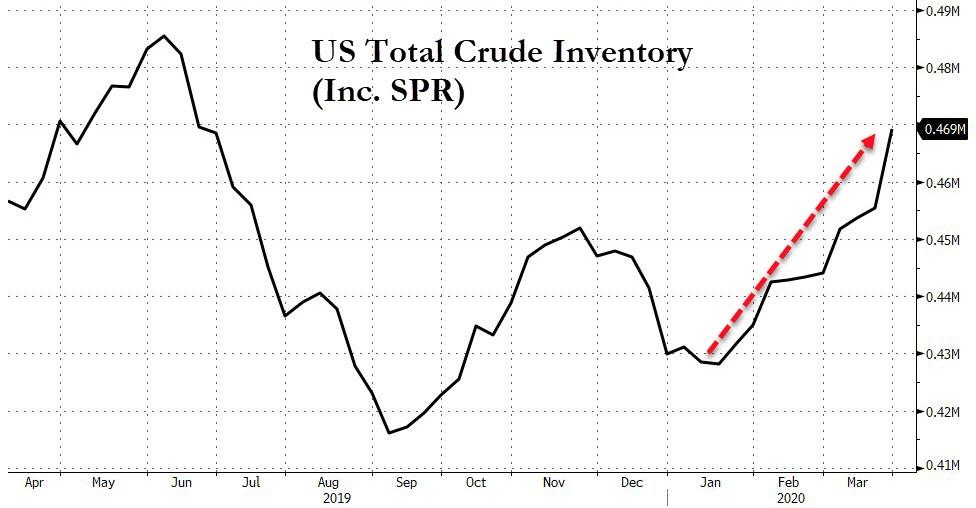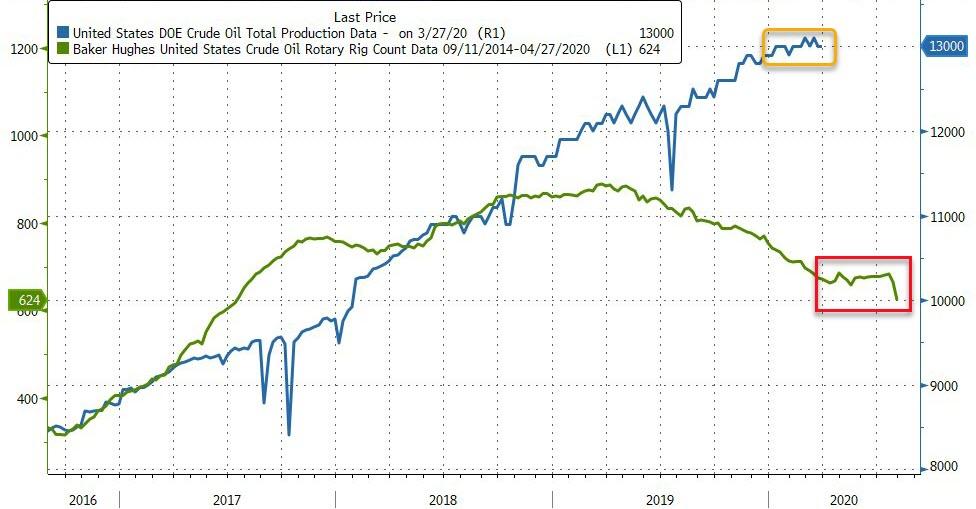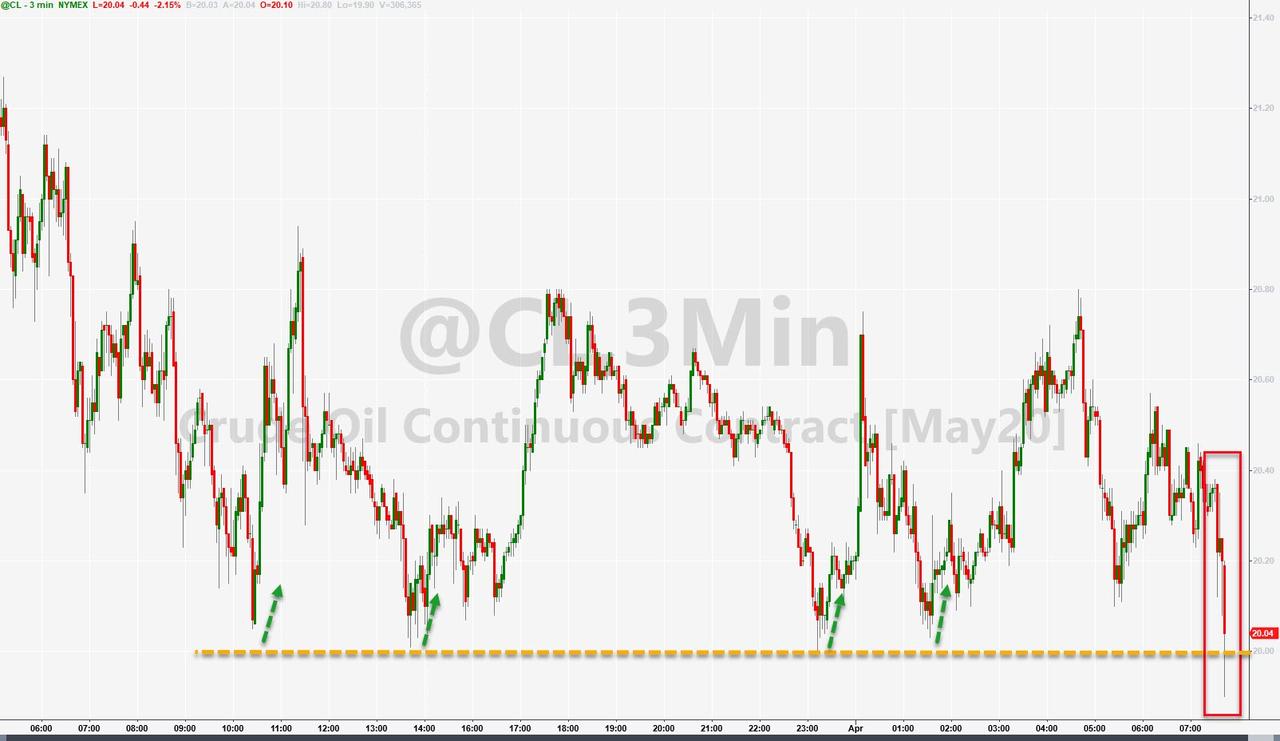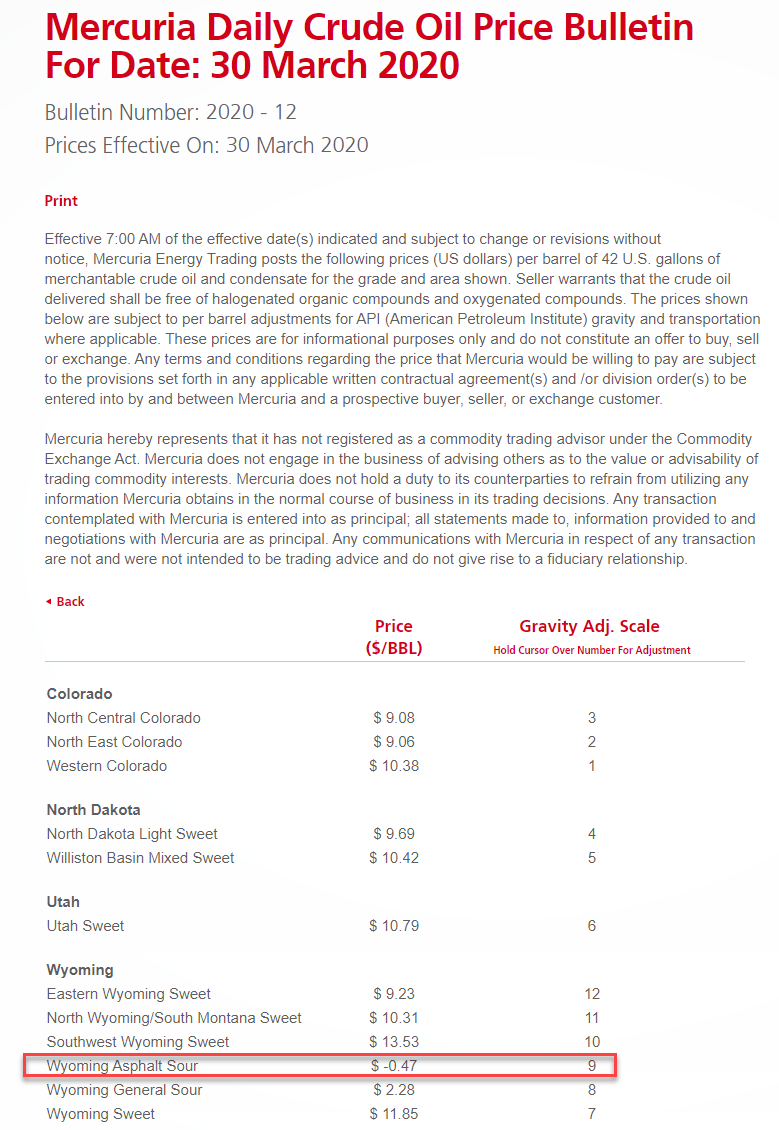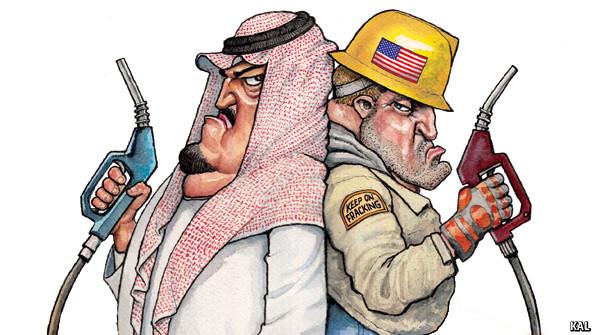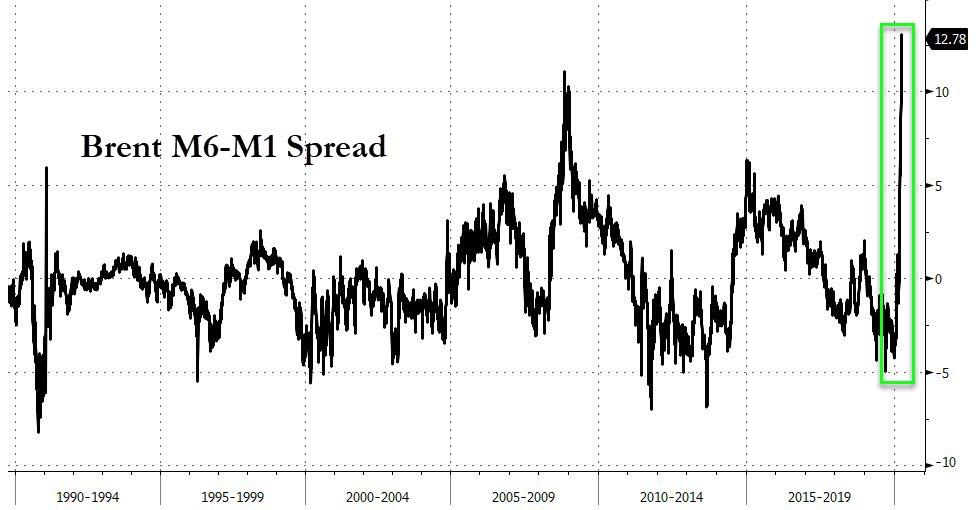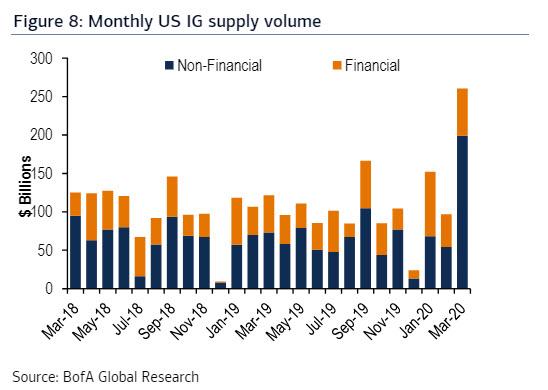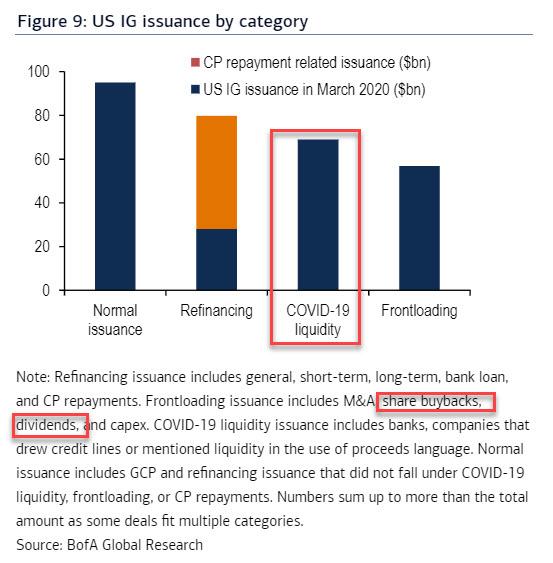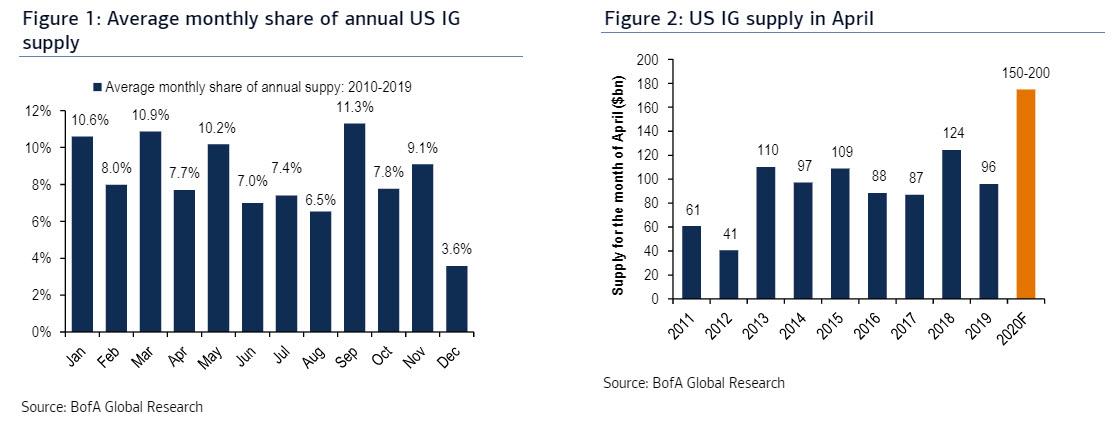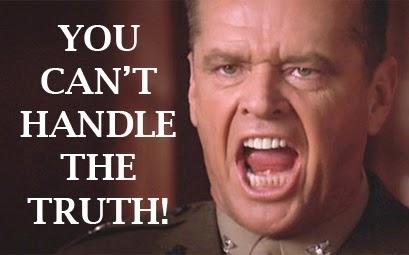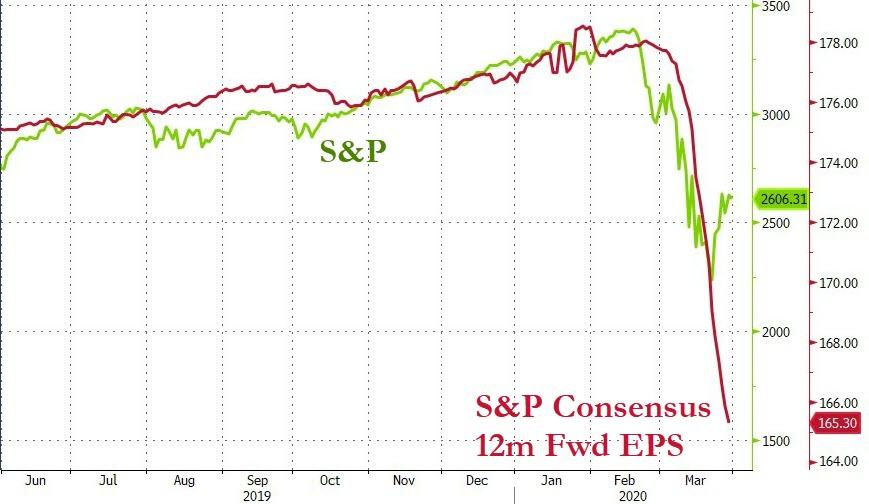Even if you are not worried that police might arrest you for wearing a face mask in public to protect against COVID-19 (which seems to be illegal in some states), you may wonder whether that precaution makes sense. On that point, public health officials and infectious disease specialists have given conflicting, confusing, and sometimes transparently disingenuous advice. While some of the contradictions can be explained by honest differences of opinion, much of the bewildering guidance conflates the question of whether face masks work with the question of whether they should be reserved for high-risk, high-priority users in light of current shortages.
“Seriously people—STOP BUYING MASKS!” Surgeon General Jerome Adams tweeted on February 29. “They are NOT effective in preventing [the] general public from catching #Coronavirus, but if healthcare providers can’t get them to care for sick patients, it puts them and our communities at risk!”
As critics pointed out, it was not immediately obvious why the same masks that protect health care workers from infection suddenly become ineffective when worn by an ordinary grocery shopper or pedestrian. To back up his counterintuitive claim, Adams linked to advice from the Centers for Disease Control and Prevention (CDC).
“If you are sick,” the CDC says, “you should wear a facemask when you are around other people (e.g., sharing a room or vehicle) and before you enter a healthcare provider’s office.” But “if you are NOT sick,” it adds, “you do not need to wear a facemask unless you are caring for someone who is sick (and they are not able to wear a facemask). Facemasks may be in short supply and they should be saved for caregivers.”
The CDC’s position that well people “do not need” face masks given the “short supply” is notably different from Adams’ assertion that face masks “are NOT effective in preventing [the] general public from catching [COVID-19].” Furthermore, it ignores the possibility that people may be infected by the virus without realizing it, especially since the incubation period can be nearly two weeks and symptoms typically range from mild to nonexistent.
What does research actually show about the effectiveness of face masks in curtailing the transmission of coronaviruses? The evidence, while limited, does not support Adams’ claim that face masks have been proven “ineffective” when used by the general public during an epidemic.
“There is some evidence to support the wearing of masks or respirators during illness to protect others, and public health emphasis on mask wearing during illness may help to reduce influenza virus transmission,” according to a 2010 systematic review in the journal Epidemiology and Infection. “There are fewer data to support the use of masks or respirators to prevent becoming infected….Our review highlights the limited evidence base supporting the efficacy or effectiveness of face masks to reduce influenza virus transmission.”
Notably, there was at that point not much evidence to support mask use even in clinical settings, although that is standard practice. “Few studies have been conducted in healthcare settings, and there is limited evidence to support the effectiveness of either surgical masks or N95 respirators to protect healthcare personnel,” the authors noted.
Another systematic review published the following year looked at studies of various “physical interruptions” aimed at reducing the transmission of respiratory viruses. “Overall masks were the best performing intervention across populations, settings and threats,” the authors reported. “More expensive and uncomfortable (especially if worn for long periods) than simple surgical masks, N95 respirators may be useful in very high‐risk situations but additional studies are required to define these situations….We found limited evidence of the superior effectiveness of devices such as the N95 respirator over simple surgical masks.”
Research since then has begun to fill the gaps in the evidence. A randomized trial involving 84 homes in Berlin where someone had the flu, for example, found that “household transmission of influenza can be reduced” by face masks. The researchers, who published their results in BMC Infectious Diseases in 2012, reported that secondary infection was substantially less common in households where residents used face masks, practiced “intensified hand hygiene,” or did both. In the mask-only group, the risk was reduced by 70 percent.
An experiment described in the Journal of Hospital Infection exposed a “dummy test head” fitted with various kinds of surgical masks to live influenza virus. “The data indicate that a surgical mask will reduce exposure to aerosolised infectious influenza virus,” the researchers reported in 2013. “Reductions ranged from 1.1- to 55-fold (average 6-fold), depending on the design of the mask.”
Even homemade masks offer some protection, a study published the same year found. Surgical masks and homemade masks both “significantly reduced the number of microorganisms expelled by volunteers, although the surgical mask was 3 times more effective in blocking transmission than the homemade mask,” the researchers reported in the journal Disaster Medicine and Public Health Preparedness. “Our findings suggest that a homemade mask should only be considered as a last resort to prevent droplet transmission from infected individuals, but it would be better than no protection.”
A 2018 study published in the journal Risk Analysis looked specifically at mask wearing by the general public, using a mathematical model of an influenza outbreak in a “closed community” with 1,000 “susceptible” people and one infected person initially. Based on those assumptions, the researchers projected the ultimate prevalence of infection for different levels of compliance and different kinds of masks.
“For the most effective adult barriers—the fit‐tested respirator and high‐filtration mask—a 20% compliance rate cuts the infection prevalence roughly in half and delays the peak of the epidemic to around day 25 [as opposed to day 15 without masks],” the authors reported. “For 50% compliance, all forms of adult protection except the adult low filtration reduce the prevalence to less than about 5%. At 80% compliance, the infection prevalence is negligible for all barriers except the adult low filtration, where the maximum is roughly 5%.”
A randomized trial of face masks involving about 7,700 hajj participants in Mecca had less promising results. At the end of the study, which was reported in The Lancet last year, the subjects who received masks—most of whom used them intermittently or not at all—were just as likely to have viral respiratory infections as those who did not.
The combination of limited evidence and conflicting priorities has resulted in whipsawing messages from experts. “Can wearing a face mask protect you from the new coronavirus?” asked the headline over a Live Science article published in February. “No,” the subhead answered, “a regular surgical mask will not help you steer clear of the virus.”
The author of the article, Laura Geggel, cited William Schaffner, an infectious disease specialist at Vanderbilt University. Geggel reported that an N95 respirator, unlike a surgical mask, would work against COVID-19—notwithstanding the evidence that surgical masks can prevent virus transmission, although perhaps not as well. But Geggel said Schaffner recommended against trying to find an N95 mask, partly because “it’s challenging to put on these masks and wear them for long periods of time” but also because a shortage could endanger health care workers “if too many people unnecessarily stockpile respirators.”
In another Live Science article a few weeks later, Geggel conceded that “experts disagree” about the merits of face masks. That article cited Otto Yang, an infectious disease specialist at the University of California, Los Angeles, who said (in Geggel’s paraphrase) “it’s a smart idea to don a face mask or wrap a clean scarf around your nose and mouth if you’re going into a crowded place during the COVID-19 outbreak.” Geggel noted that Yang’s advice “goes against recommendations from the Centers for Disease Control and Prevention” as well as “the advice of other infectious disease doctors.”
Scott Gottlieb, former head of the Food and Drug Administration, is also promoting general mask wearing. “Face masks will be most effective at slowing the spread of [COVID-19] if they are widely used, because they may help prevent people who are asymptomatically infected from transmitting the disease unknowingly,” he writes in an American Enterprise Institute paper published this week. “Face masks are used widely by members of the public in some countries that have successfully managed their outbreaks, including South Korea and Hong Kong.”
Elaine Shuo Feng of the Oxford Vaccine Group and four other infectious disease specialists recently reviewed official recommendations regarding face masks as a defense against COVID-19 and found that advice varies substantially from one country to another. “Despite the consistency in the recommendation that symptomatic individuals and those in health-care settings should use face masks, discrepancies were observed in the general public and community settings,” they write in a March 20 Lancet commentary. Although “one important reason to discourage widespread use of face masks is to preserve limited supplies for professional use in health-care settings,” they note, “universal face mask use in the community has also been discouraged with the argument that face masks provide no effective protection against coronavirus infection.”
On the latter point, Feng et al. highlight “the essential distinction between absence of evidence and evidence of absence.” Although “evidence that face masks can provide effective protection against respiratory infections in the community is scarce,” they say, “face masks are widely used by medical workers as part of droplet precautions when caring for patients with respiratory infections.” Hence “it would be reasonable to suggest vulnerable individuals avoid crowded areas and use surgical face masks rationally when exposed to high-risk areas.” And since “evidence suggests COVID-19 could be transmitted before symptom onset, community transmission might be reduced if everyone, including people who have been infected but are asymptomatic and contagious, wear[s] face masks.”
Feng et al. urge governments to “make rational recommendations on appropriate face mask use to complement their recommendations on other preventive measures, such as hand hygiene.” They conclude that “universal use of face masks could be considered if supplies permit.”
This week, CDC Director Robert Redfield told NPR his agency is “critically looking at” the issue of who should use face masks. “Particularly with the new data [indicating] that there’s significant asymptomatic transmission,” he said, “this is being critically re-reviewed to see if there’s potential additional value for individuals that are infected or individuals that may be asymptomatically infected.” Hoover Institution economist Russell Roberts translated Redfield for us: “We misled you. Wear a mask.”

from Latest – Reason.com https://ift.tt/2WY5nEX
via IFTTT
